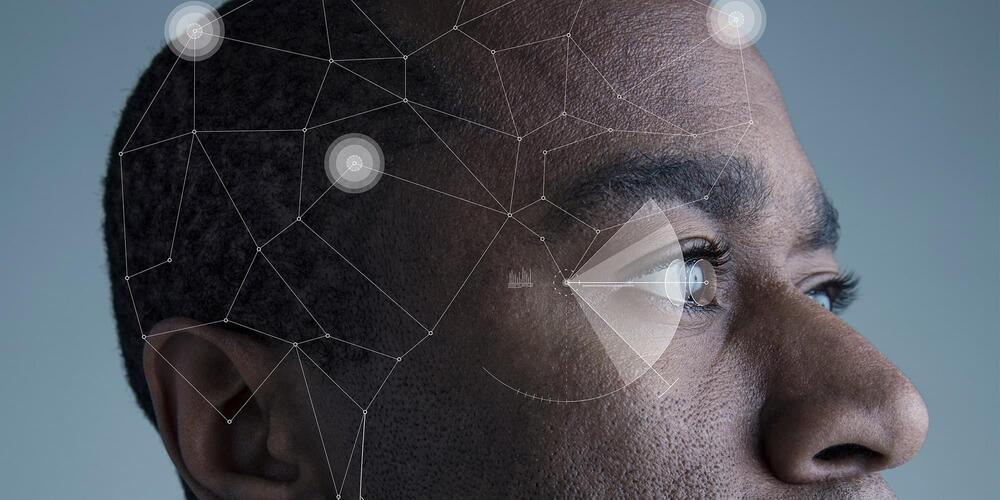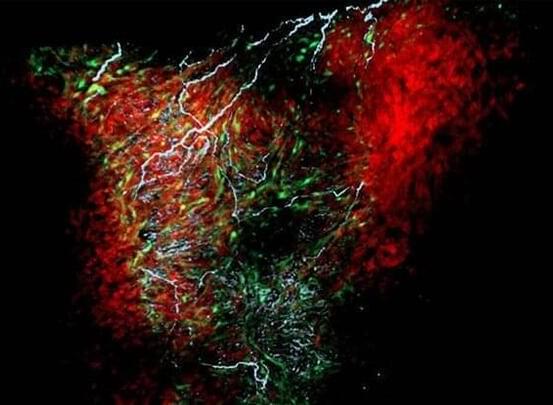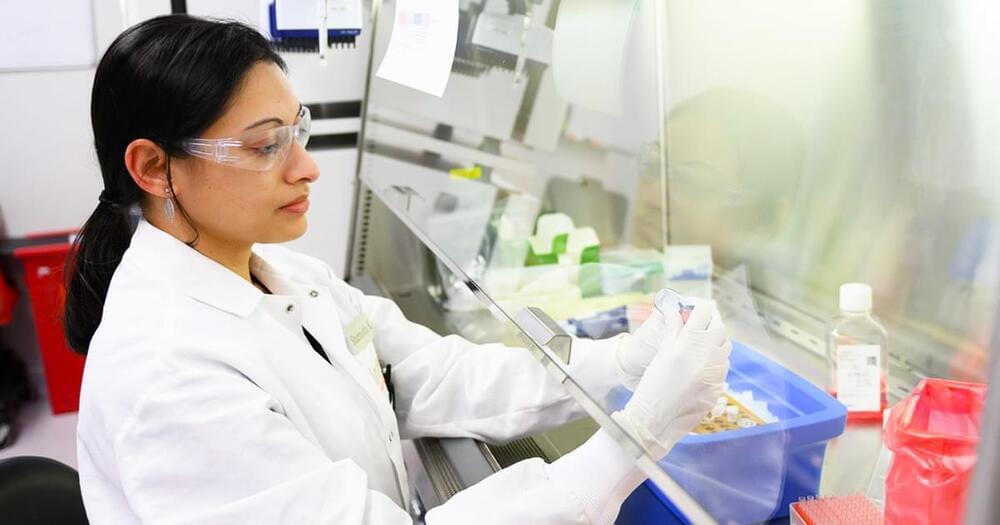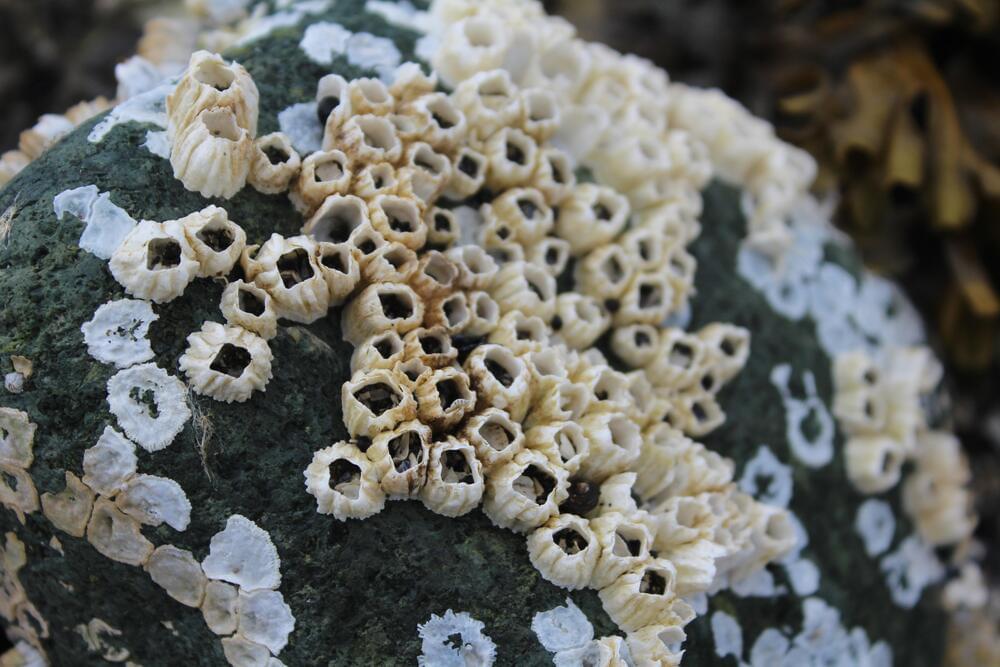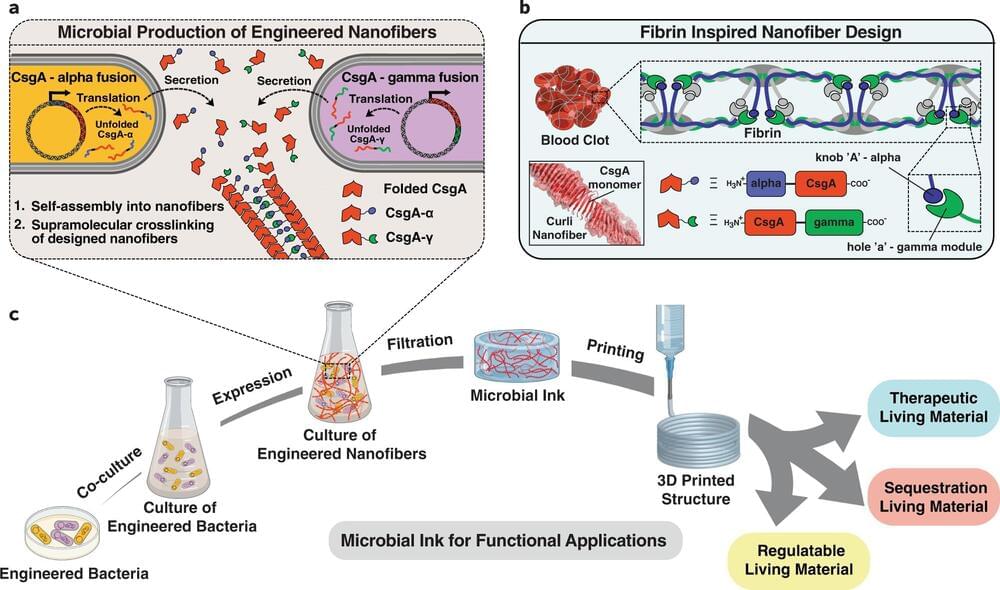“It is not known at this time whether the variant is more transmissible, or more dangerous to the health of those who catch it, than other coronavirus variants.”
There are two confirmed cases of the omicron variant of the coronavirus in Ottawa, the Ontario government announced Sunday.
“Today, the province of Ontario has confirmed two cases of the omicron variant of COVID-19 in Ottawa, both of which were reported in individuals with recent travel from Nigeria. Ottawa Public Health is conducting case and contact management and the patients are in isolation,” the statement said.

